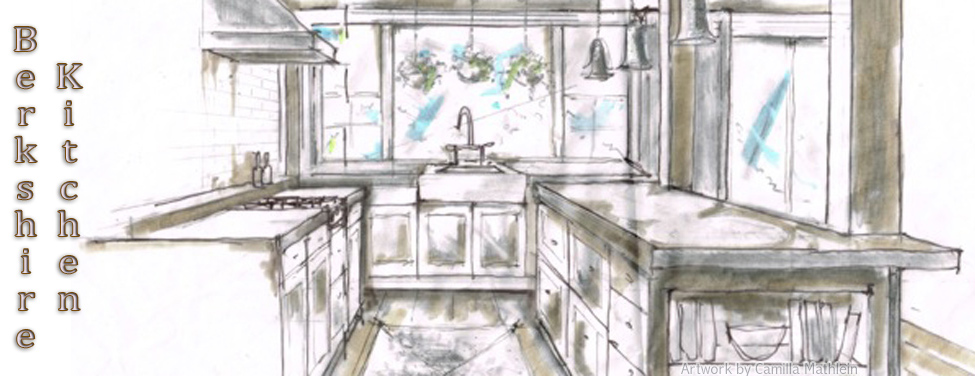Swiss Chard Tart
Is that Chard Really Swiss?
Actually, no. The word "Swiss" was used to distinguish chard from French spinach varieties by 19th century seed catalogue publishers with the earliest varieties traced back to Sicily. Chard is known by many common names such as silverbeet, perpetual spinach, spinach beet, crab beet, bright lights, seakale beet and mangold. Here in the U.S. we generally call it “Swiss chard”.
Chard is an interesting plant, related to beets. It’s a beautiful plant - with neon-hued yellow, red, pink and white stalks, the Rainbow Chard variety looks like it belongs in the floral department rather than in produce! Harvesting is a continuous process as most species produce three or more crops. Tender young leaves can be put raw into salads but it is generally cooked, often sautéed.
Chard remains extremely popular among Mediterranean cooks. Some of the most passionate chard-eaters are from Nice, France, where they use chard with wild abandon in both savory, and sweet dishes. The recipe below is my adaptation of a delicious chard tart recipe from Nice, where it is known as “tourte de blettes”. It works well as a side dish or as a light summer meal that is perfect for vegetarians and carnivores alike. Restaurants in Nice sometimes even offer this on the dessert menu!
Swiss Chard Tart
Two pie crusts (I use Pillsbury pie crusts)
1 bunch Swiss chard
Handful of parsley leaves, chopped
Handful of fresh basil leaves, chopped
5 ounces of grated Parmesan cheese (or Italian Mix cheese)
2 tablespoons pine nuts (lightly toasted in a dry pan)
½ cup raisins
1 teaspoon ground cinnamon
4 eggs, beaten
Zest and juice from 1 lemon, separated
4 tablespoons sugar
4 tablespoons water
-
Preheat oven to 425 degrees. Line the bottom of an 8-inch springform pan with parchment. Oil the inner sides of the parchment and the top of the parchment paper so the tart won’t stick.
-
Wash and shake dry the chard (it’s okay if a little moisture clings to the leaves). Cut the leaves into bite-sized pieces and the stems to ½ inch pieces.
-
In a very large bowl, mix together the chard, herbs, cheese, pine nuts, cinnamon and lemon zest.
-
Put 1 round of pie crust in the pan – let the extra hang off the top. Fill with the chard mixture. It will heap up very high within the pastry. Carefully pour the beaten eggs over the chard mixture.
-
Slightly wet the edges of the bottom pie crust, then top the tart with the other pie crust and press together to seal. You can snip off extra crust. With a sharp knife, poke a few holes in the top crust.
-
Put foil around the edges of the tart so they won’t darken too quickly or burn then bake at 425 degrees for 20 minutes.
-
While the tart is baking, make lemony simple syrup. In a small pan heat together the sugar, lemon juice and water until the sugar dissolves.
-
After the tart has baked for 20 minutes, brush the top generously with half of the lemony simple syrup. Be careful not to splash the syrup as it will make a mess of your oven!
-
Turn the heat down to 375 degrees and bake an additional 10 minutes.
-
Once again coat the top of the tart with the remaining lemony simple syrup and bake another 10 minutes. You can remove the foil edging at this time – but watch the tart carefully so it does not burn.
Your friends will be amazed when they try your tart – see if they can guess the ingredients! Most of my friends had no idea it was made with Swiss chard – it is so unique!
By the way…. are those sprouts really from Brussels?

